Changing with the times
Remember the last night you planned to go out with your friends to go to your favorite bar? Remember how crowded it was, how everyone was fighting to get the bartenders’ attention, how long it took to flag them down to get the first round? Remember how fun that night was?
Right, neither do we.

The restaurant and bar industries are back on the rise as people are ready and eager to dine on-premise again. According to the National Restaurant Association, the total national projected sales for 2021 is $789 billion, a drastic increase from 2020 due to the pandemic. For a striving restaurant or bar owner, these statistics can seem very exciting but also intimidating. Now more than ever, owners and operators need to adjust operations to ensure the highest efficiency and make up for last year. Staying competitive and gaining visibility is crucial for continued success.
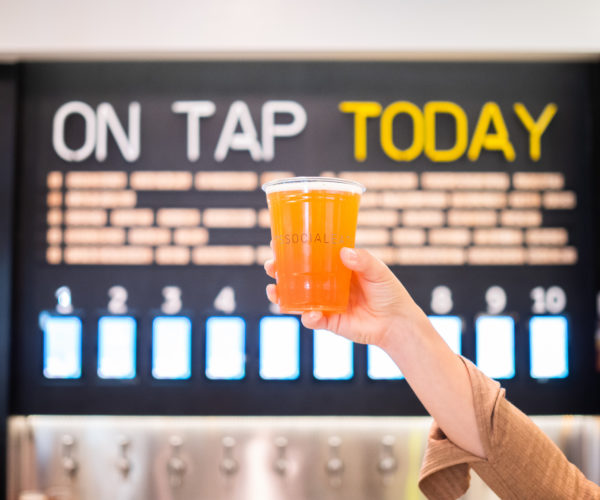
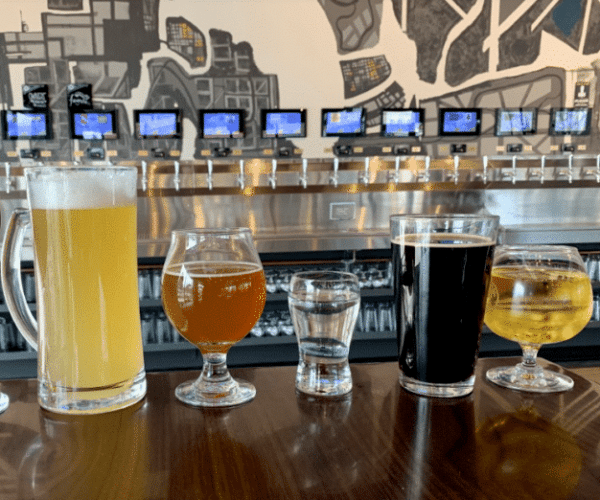
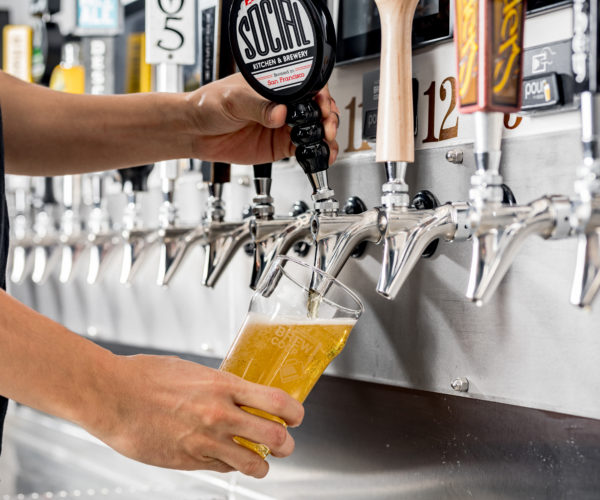
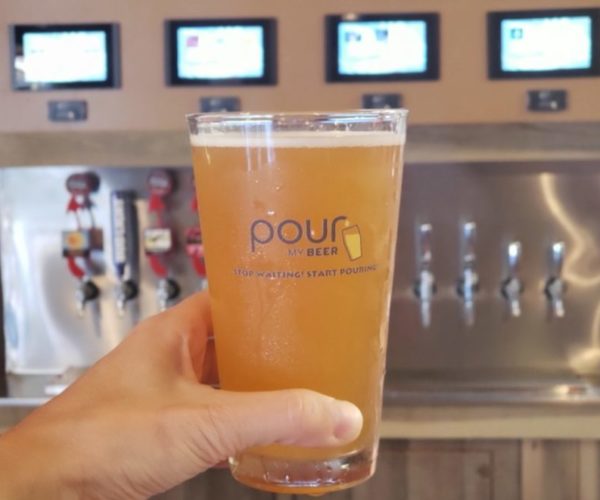
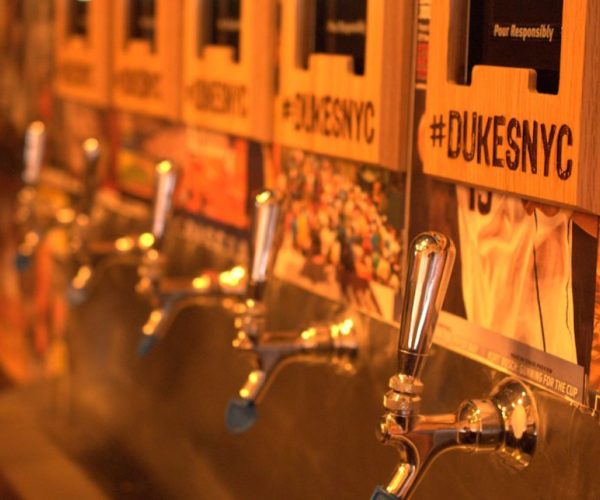
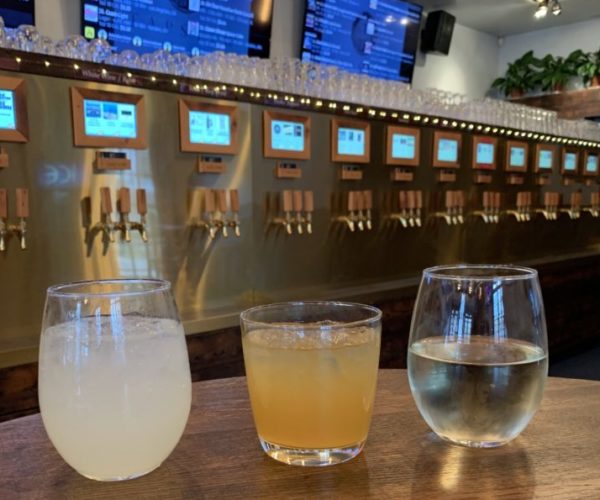
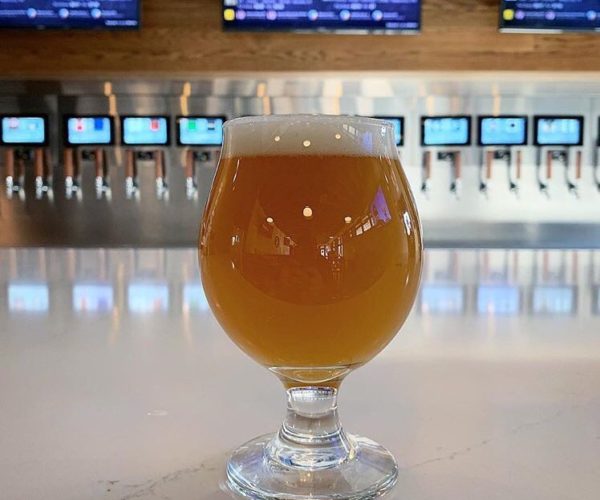
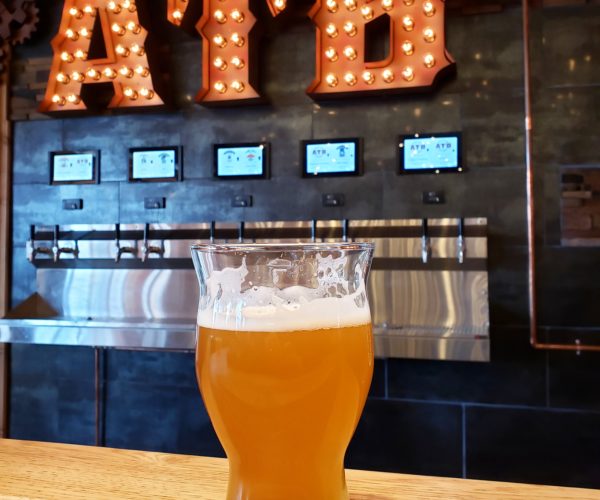
Due to the rapidly changing culture of dining out in the past few years, many older restaurants unwilling to change with the times or innovate have sadly closed. Meanwhile, many restaurant owners are increasing investment into technology, particularly pertaining to customer-facing, service-based improvement. Due to the rapidly changing dining out culture in the past few years, many older restaurants unwilling to change with the times or innovate have sadly closed. Meanwhile, many restaurant owners are increasing investment into technology, particularly customer-facing, service-based improvement. This type of innovation is crucial in today’s world, as younger millennial crowds crave faster and trendier ways to dine and drink that put the control in their own hands. It’s not too surprising then that the National Restaurant Association reports that “emerging technologies that rate highest among consumers include service-enhancing items such as tablets at the table, self-service electronic kiosks and wearable technology for restaurant servers.”
The aforementioned “self-serve” technology is one we are very familiar with. The self-pour revolution is not just arriving, it’s already here, and it’s here to stay. Its flagship, the self-pour beer tap, has forever transformed the way that people drink beer. As PourMyBeer supplies establishments with machines that let patrons pour their own beer, wait times reduce, and staff is allowed to focus on quality service
With this shift to self-pour beer, many positive factors have come into play.
The simplicity and efficiency of this new system explain the rise of the self-pour revolution. But the elegance of PourMyBeer involves an understanding of the modern era. In the company’s infancy, Josh Goodman harnessed the availability of basic technology and paired the fruits of our age with the desires of contemporary people.
Self-serve Beer and Its Widespread Appeal
Interest in self-serve beer has taken the world by storm. For the consumer, the novelty and convenience of self-pour beverages initially electrified the bar experience. Restaurant and bar owners with PourMyBeer systems also noticed that customers enjoyed how easy it is to use a self-pour system because they can sample anything they want in any quantity they want. Many customers enjoyed being their own bartenders, and it kept them coming back. All of these things continue to be true well after the self-pour industry has started to mature.
Restaurant and bar owners also see the money-making potential of draft beer dispensing systems. Its advantages have many non-self-pour establishment owners wanting to sign up for a self-serve tap wall.
The Origin of the Inspiration
Self-pour beer takes the complexity of a bar experience and reduces it to a process that needs only two parts: a glass and a tap. Getting a beer has never been easier. And it’s all thanks to a subtle epiphany experienced by a man at a bar.
One evening at a Baltimore sports bar, Josh Goodman sat at the table with an empty glass. The Orioles game hadn’t come on yet. Goodman and his friends had planned on having a few pre-game beers, and they had just finished their drinks.
Nothing seemed unusual about the bar. Busy servers brushed past customers. The bar staff rushed to make drinks while recording a hectic stream of orders. The scene was overwhelmingly familiar, as was Josh’s empty glass.
The bar was packed with thirsty beer drinkers ready for game night, and the staff could not get beers out to customers fast enough. Goodman recalled, “We just couldn’t get another beer served to us quickly.” Waiting around for a refill, Goodman had time to think about the situation. Sure enough, he was not alone in his frustration. There was something wrong with the system — it simply wasn’t working.
Goodman felt bad for the bar. Empty glasses meant lost profits. There had to be a more effective way to get beers in hand quickly and efficiently. Then, Goodman realized something. If customers could serve themselves, it would eliminate the wait time for customers while increasing earnings for the bar.
PourMyBeer essentially streamlines the whole bar experience. Once Goodman knew the model for reworking the modern bar, he buckled down.
Getting Down to Business
Goodman set to work. Over several months, he created the initial stage of what is now, PourMyBeer, after moving to Chicago with his wife. He believed in the idea. Investing $20,000 of his own money, he made a deal with an American manufacturing company. The initial venture centered on a series of beer tables with up to four self-pour taps.
Goodman secured his first deal with a Baltimore tavern in February 2009 and oversaw rapid expansion in the next two years. By 2015, PourMyBeer had created “beer walls” where patrons could walk up and refill their glass with the beer of their choice.
Goodman’s clients praised the success of the self-serve bar dispenser equipment. Franchise owner Scott Taylor hailed the popularity of these machines. “We’ve seen people waiting in line in front of the bar to use the self-serve unit,” he says.
Taylor sees the success of these crowd-pleasing beer machines as likely to continue gaining momentum. Taylor continued, “We’re committed to this. It’s efficient, and we’re making more money on beer sales. Most importantly, our customers think it’s neat.” Taylor has already installed PourMyBeer units in four of his bars and plans to put them in three of his newer establishments.
The popularity of self-pour beer relies on the appeal of the machines. Combining a beloved product with a cutting-edge twist has defined the rise of Goodman’s beer machines.
How

Works
In our daily lives, it’s easy to overlook how technology has changed our existence. From communication to transactions, one particular device, the microchip, often underlies the processes we take for granted.
Microchips carry information, and they can transfer that data to another source. PourMyBeer takes radio-frequency enabled microchips (RFID) and integrates them with a card. Then, the chip gets the necessary information, and the self-serve tap recognizes it. The encrypted data relays back from the machine to the card, completing the cycle.
Once the machine has sensed the chip, it allows the customer to pour their drink while deducting an amount from their chip’s data. The patron only needs to touch the device, pairing the chip to the sensor on the machine and bingo — beer time.
This simple marriage of data not only functions as the backbone of how our machines works but also proactively enables establishments to monitor their customers’ drinking. Each chip-activated card comes preloaded with two drinks. Only through using these devices will the self-serve machines dispense beer. After the customer exhausts their two-drink limit, they ask a bar staff member to recharge their chip for another two drinks. This interaction allows the staff to ensure the customer’s well-being and prevent over-serving.
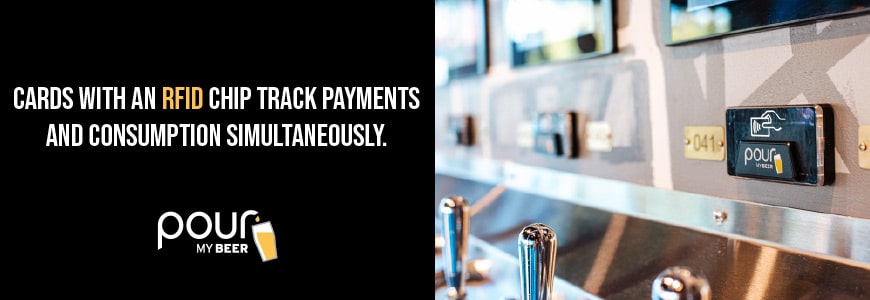
With this new technology, pouring drinks is in the customer’s control, and the purchasing process is significantly streamlined. The RFID chip-enabled cards are what allow customers to pour. They simultaneously enable the self-pour taps to work, create a payment system for the beer, and allow staff to oversee machine use and customer intoxication levels.
This multifaceted technology helps control the self-serve bar reality. In any other age, the idea of a self-pour beer system belonged to the realm of science fiction. Now, technology has created a new world of increased convenience, profits, and knowledge.
In addition to the RFID chips, we offer another high-tech feature that heightens the bar experience. Next to each tap, an interactive touch-sensitive screen lets users learn about the beer. The selection of self-pour beer creates the perfect environment for sampling on-tap offerings. Customers can engage with their beer and learn about what makes it unique.
Know the Beer and Develop Your Taste
PourMyBeer machines cater to the beer lover’s palate. Oftentimes, at bars, staff members are slammed and do not have time to explain the tastes of each beer to customers. Knowledge defines the beer drinking experience — without it, you can’t appreciate the flavors and characteristics of each beer.
PourMyBeer wants to educate every customer on the distinct qualities of their beer (or any beverage), which leads to an increased understanding and appreciation of it. We want to elevate beer drinking to an art. Just as anyone in an art gallery might pause to examine a painting’s details, our self-pour taps feature an interactive screen that provides a detailed description of the character of its corresponding beer as well as tasting notes and highlights of the beer.
With touch-sensitive screens, PourMyBeer lets users explore their options and increase their familiarity with the products. Each screen lets customers see the brand, alcohol content, and flavor profile of the beer. The screens offer both long and short-form descriptions.
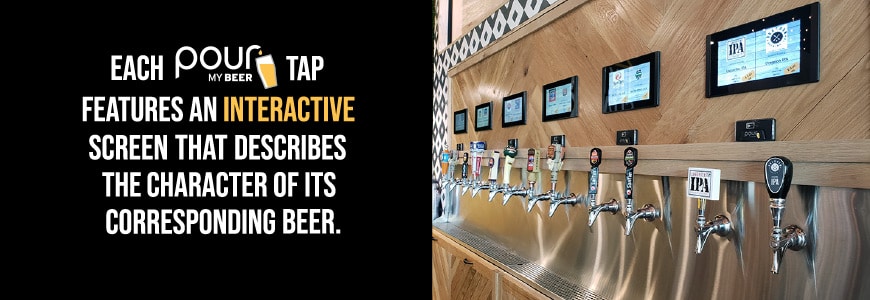
For both beginners and beer connoisseurs, knowledge defines the beer-drinking experience. Each beer excites the taste buds with a different sensation. Learning about what makes the different types of beer special helps influence the customer’s choice. With the beer selection on our tap walls, we also display stats that help cultivate personal taste. Discovering which beer your customers like best creates a rich experience and a constantly evolving personal journey.
The Recent Success of

PourMyBeer currently has 10,000 taps worldwide, and the number is growing as you are reading!
The popularity of the self-pour units can be tied to people energetically bragging about it to their friends about using the machines. “People take pictures of themselves using it and tag their friends,” Goodman said. “That’s great advertising for the establishment, and it is also indirectly driving more traffic to them.”
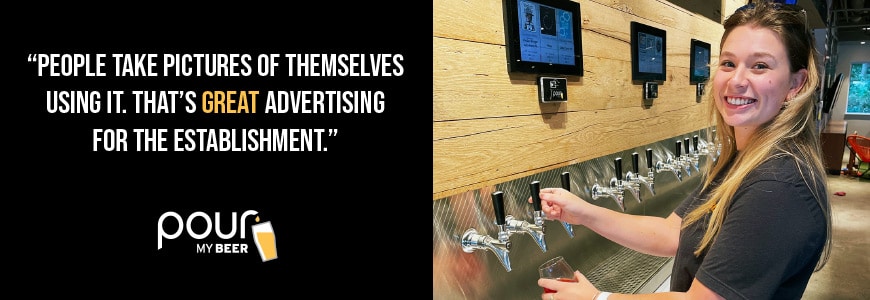
Moreover, every last drop of beer also gets put in a glass. On average, 23 percent of beer keg content gets spilled, wasted, or stolen. By reducing the human factor in the bar equation, companies save money by cutting back on spillage. Many businesses end up selling twice as much beer. The appeal of PourMyBeer has also reached international attention. We have taps in the United States, Canada, Australia, Europe, and South America.
The Three-Tiered System
Brazil regulates the flow of alcohol far less than other nations. Naturally, this makes creating a network of self-serve taps much easier. By comparing Brazil with the United States, there is optimism about the likelihood of PourMyBeer’s success in South America. If PourMyBeer can take hold in America, with all the legal impediments, then it will flourish in Brazil.
In America, the business of beer operates uniquely. The advantages of our expansion into the world market became clear after understanding the American “three-tiered system.” In the United States, the biggest obstacle in preventing the fluid movement of beer from brewer to drinker involves the three-tiered system.
Breweries cannot sell directly to retailers, such as bars, restaurants, and liquor stores. All beer passes through a middleman. This intermediary takes the form of a distribution company. Why do distribution companies stand between manufacturer and customer? The answer becomes apparent by peering into the past.
The Legacy of Monopoly
When beer companies first appeared, they sold directly to retailers. Some companies, like Schlitz, began to pressure bars into selling their beer exclusively. This practice forced smaller breweries out of business and established a monopoly for companies like Schlitz. These unfair tactics, combined with the popularity of the temperance movement, resulted in Prohibition.
America’s experiment with sobriety ended in 1933 when the 21st amendment brought beer back. Looking to the future, America needed to remedy past mistakes. New laws were created to prevent beer companies from taking advantage of retailers – and the three-tiered system was born.
The Nature of Distributors
Distributors act as the go-betweens for suppliers and customers. Almost all alcohol in America gets sold to retailers through distributors. Strict laws maintain the neutrality of distribution practices. No brewery can receive preferential treatment in getting their beer to customers. Meanwhile, retailers cannot get perks by stocking certain brands of beer.
In acting as the agent, distribution companies hold the beer in their facilities and ship it out to approved retailers. Many advantages exist through the use of distributors. The three-tiered system:
- Enables transparency of business transactions.
- Helps facilitate tax collection.
- Ensures there is no special treatment for big beer companies.
- Diversifies the market.
- Cuts back on the potential overhead costs retailers may see from shipping directly to buyers.
- Incentivizes distributors to push products, ensuring beer doesn’t go bad.
- Provides 92,000 jobs to American distributors and takes in $8 billion every year.
Despite its benefits, the three-tiered system has many detractors. Most complaints center on the issue of beer price. In this system, one important question arises — who pays the distributors? The beer drinker does. When a customer buys a beer, a portion of that money goes to distributors. In short, the three-tiered system makes the beer more expensive.
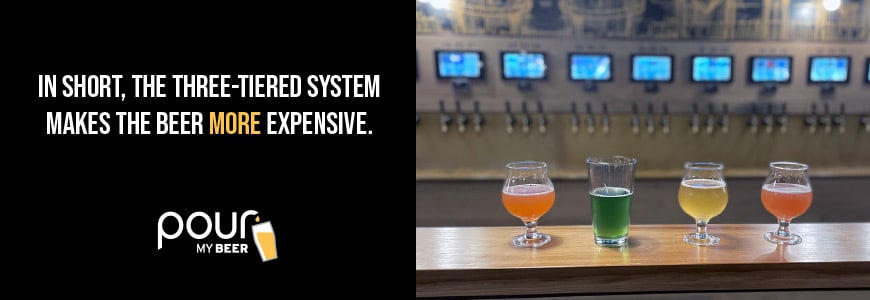
Prejudice Against Beer
For an industry modeled on fairness, the three-tiered system grants undue exceptions to wine over beer. Breweries can’t sell a drop of beer without a distributor, but in 35 states, wineries sell directly to customers.
Not long ago, it was illegal for wineries to sell to customers not residing in the same state. In 2005, a Supreme Court decision aimed at preventing obstacles to interstate commerce changed all that. Now, wineries can legally ship wine across state boundaries.
To avoid breaking this anti-commerce law, states can either allow all shipping or none at all. Indiana chose the latter — in-state shipping results in a misdemeanor for the 30 wineries operating in the state. However, nothing similar to wine shipping exists for breweries, and many beer-lovers have noticed the inequality. If breweries followed the same law, craft beer companies could greatly increase their sales.
The only explanation as to the favoritism shown to wine concerns prestige. This attitude of regarding wine as more esteemed than beer will hopefully pass.
A Company of Beer Lovers
As we come full circle, it’s clear that PourMyBeer doesn’t answer to alcohol distributors because we supply the equipment. And although the present three-tiered system doesn’t directly affect PourMyBeer, it does affect beer itself.
We care about the product we pump from our taps. Goodman’s dream when he sat in that Baltimore bar involved freeing beer and people from restraints. As the issue of beer freedom unfolds, we remain committed to getting beer in glasses in the best way possible.
The Products Speak for Themselves
The best solution to dispensing beer involves our product line-up. The main items we offer include:
- Built-In Beer Wall — This custom wall can serve an unlimited number of taps for any establishment. It fits into any wall, regardless of material. This permanent entity allows for the storage of kegs in a cold box behind the wall. Glycol lines can also run through the wall to dispense beer not kept behind it.
- Mobile Beer Wall — It is basically a beer dispensing system on wheels. Easy to move around, the mobile unit offers between 1 – 6 taps, each with RFID reading technology, keg couplers, flow control, and FOBs. A refrigeration unit below the PourMyBeer screens and taps maintains a temperature of 38°F, so the beer pours out ice-cold each time!
If you have any questions, don’t hesitate to contact us or request your hassle-free quote today to see if a self-pour beer dispensing system is the right move for your establishment.
Self-Pour Operations “Do’s” and “Dont’s”
Curious to learn what really sets self-pour establishments up for success? As a leader of the self-pour revolution, PourMyBeer has helped over 370 businesses across 24 countries to bring self-pour fun to their communities and neighborhoods. Based on our experience with opening so many different establishments of various types, we have created some basic “Do’s” and “Dont’s” when opening up a self-pour business.
Simply fill out the form below to download our guide, cheers!
And if you found this article helpful, don’t forget to share it with your network!





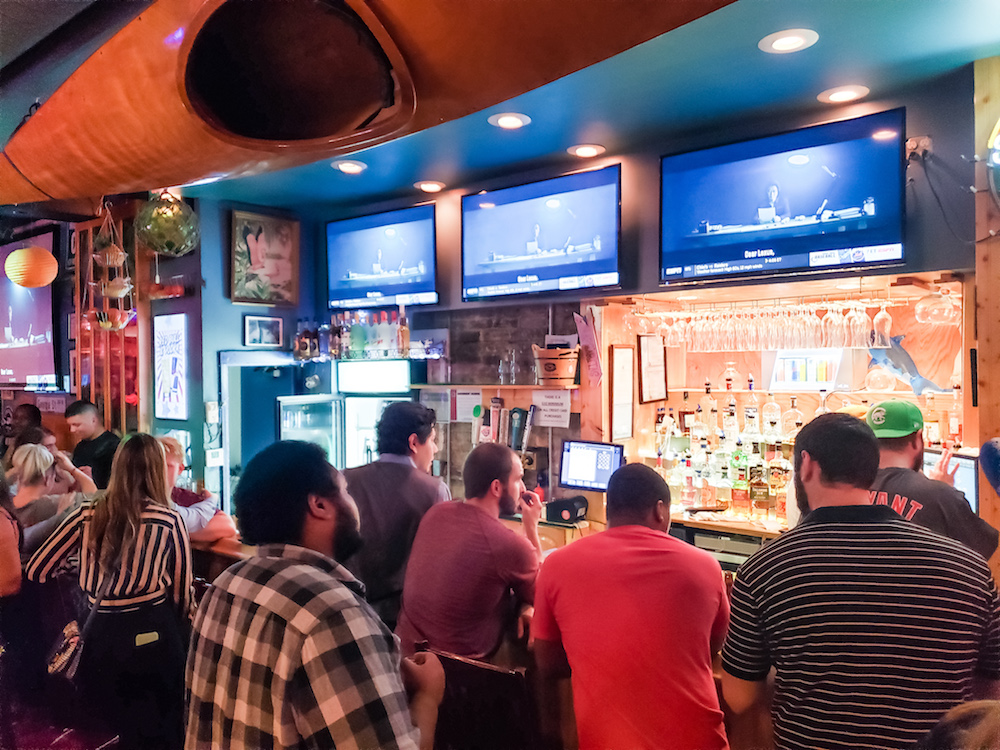



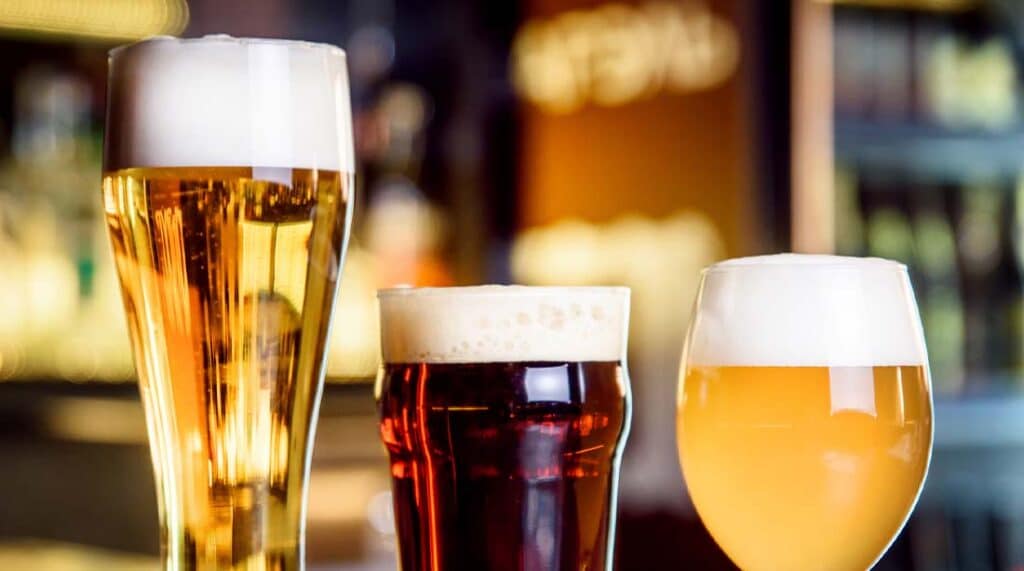



(312) 416-9989